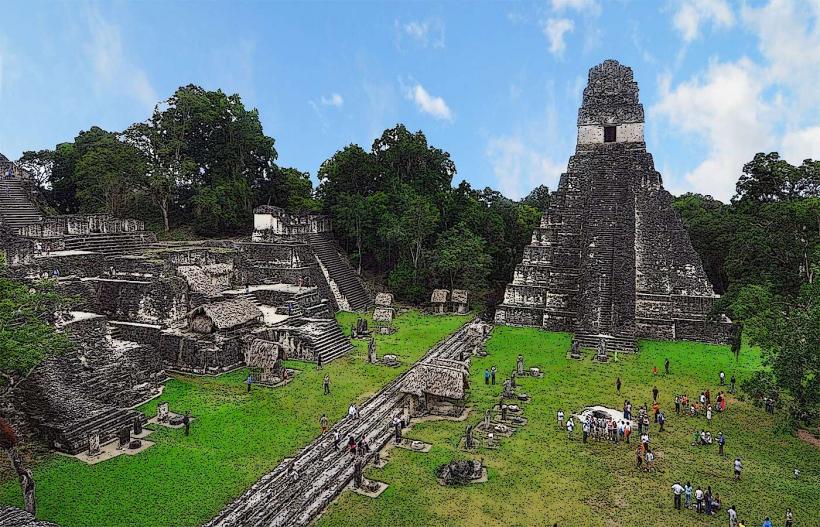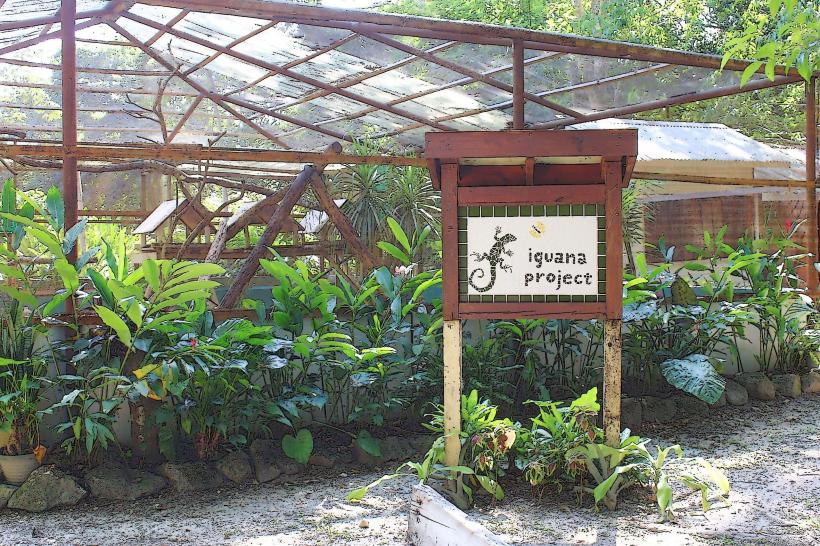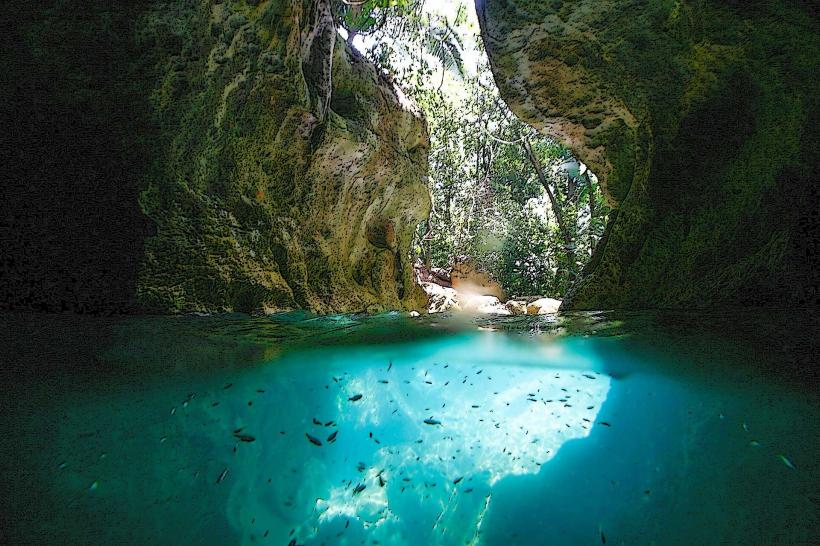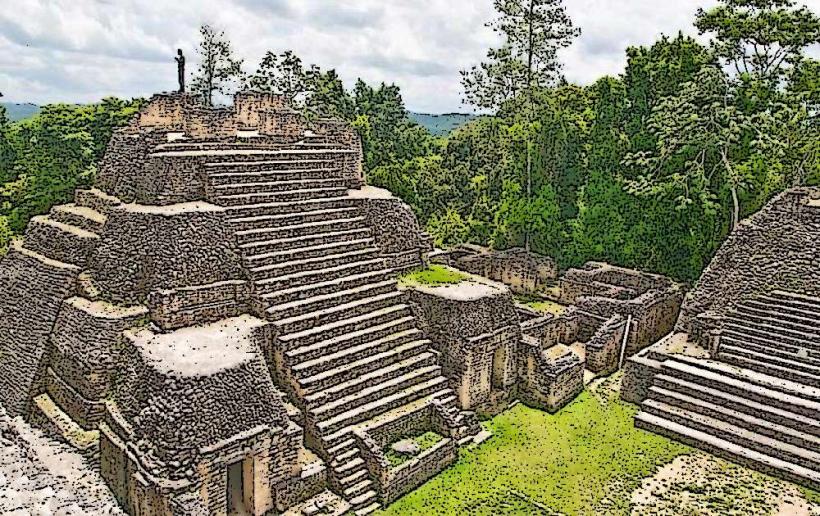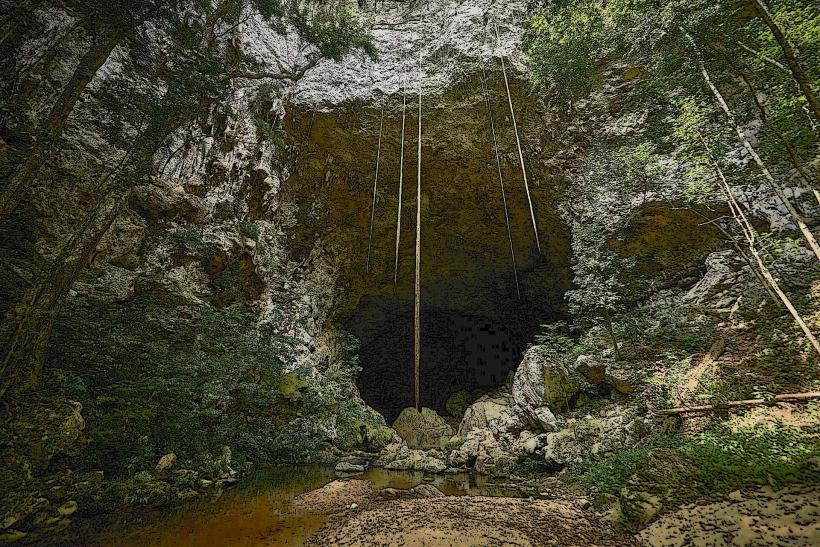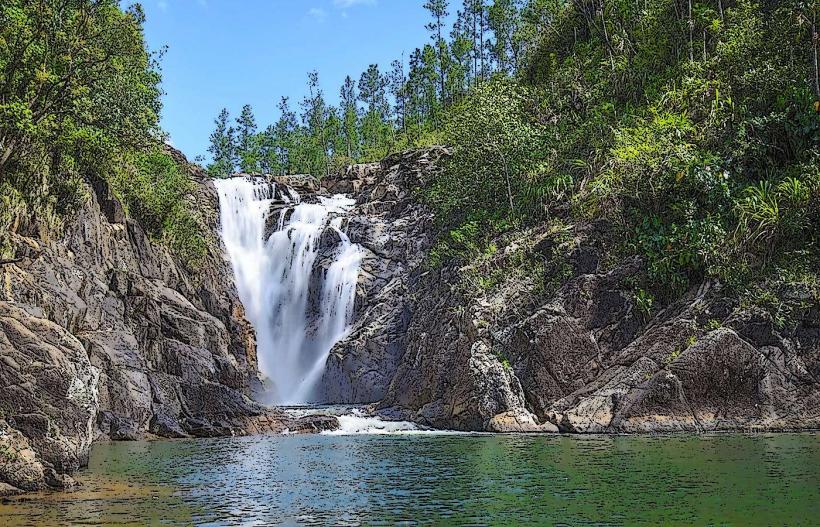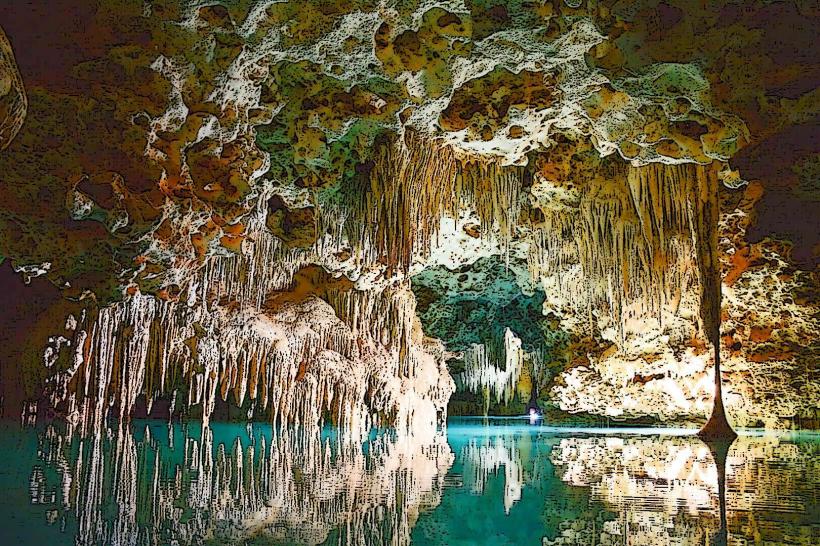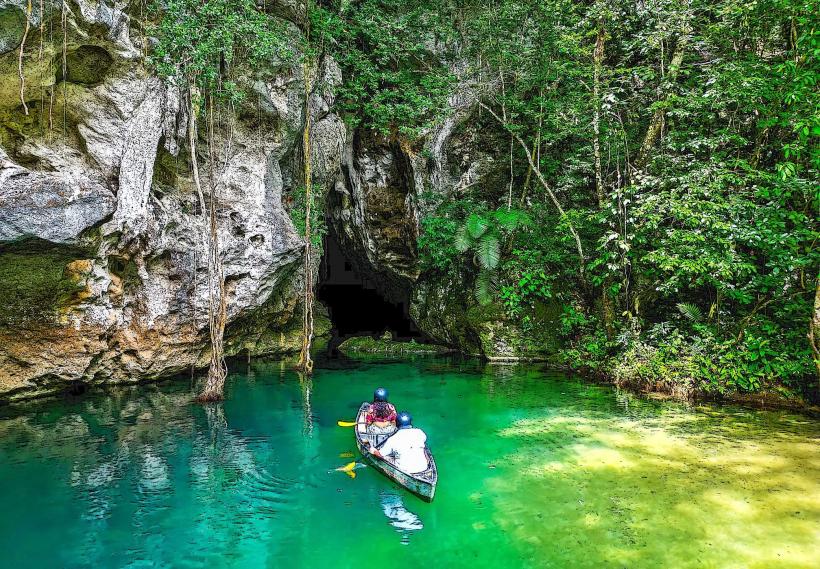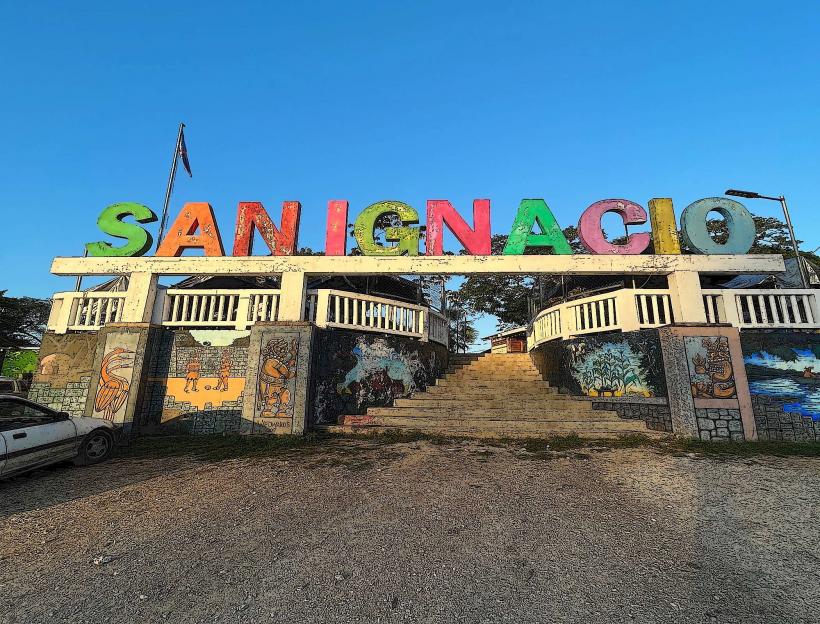Information
Landmark: Xunantunich Maya RuinsCity: San Ignacio
Country: Belize
Continent: North America
Xunantunich is one of the most famous and well-preserved Maya archaeological sites in Belize, located in the Cayo District, near the Guatemalan border. This ancient Maya city is known for its impressive pyramids, particularly the El Castillo (The Castle) pyramid, which offers breathtaking views of the surrounding jungle and the nearby Mopan River. Xunantunich is a significant archaeological and cultural site, offering visitors a glimpse into the history, art, and achievements of the ancient Maya civilization.
Overview of Xunantunich Maya Ruins
History and Significance
Xunantunich was one of the important cities of the Maya civilization during the Classic Period (circa 250-900 AD), though its settlement dates back as early as the Pre-Classic Period (around 1000 BC). The site’s name, Xunantunich, means "Stone Woman" in the Mopan Maya language, derived from a local legend in which a ghostly woman in white is said to appear at the site.
The city was strategically located on a high ridge overlooking the Mopan River, making it a prime location for trade and military control. Xunantunich is believed to have had strong connections with other major Maya cities in the region, such as Tikal in Guatemala.
The royal Maya of Xunantunich were powerful, and the site shows evidence of significant political, economic, and religious activity. It is known for its grand temples, palaces, and stelae, many of which are inscribed with hieroglyphic texts that help archaeologists understand the political history of the site.
Main Attractions at Xunantunich
1. El Castillo (The Castle)
The El Castillo pyramid is the centerpiece of Xunantunich and is one of the tallest and most impressive structures in Belize. Standing at about 130 feet (40 meters), it is the second-highest pyramid in Belize, and its top offers spectacular panoramic views of the surrounding rainforest, the Mopan River, and even parts of Guatemala on a clear day.
The pyramid is known for its detailed mosaics and stelae (stone monuments) that provide insight into the site’s history and the rulers who once lived there. The most famous feature of the pyramid is the frieze on the east side, which depicts a series of detailed carvings representing the Maya gods and a scene of rulers performing ceremonial rituals.
2. The Temples and Plazas
Xunantunich features a complex of temples, palaces, and plazas, spread across several levels. The main plaza is lined with several smaller structures, many of which served as administrative or ceremonial buildings.
Temple A is one of the largest temples at the site, and it sits at the center of the main plaza. It features well-preserved Maya architecture and offers a sense of the grandeur and importance of the city.
The site also has smaller pyramids and platforms, as well as the remains of residential and ceremonial structures.
3. The Stelae and Carvings
Throughout Xunantunich, visitors can see a variety of stelae (stone monuments) that are carved with hieroglyphic texts and detailed depictions of Maya rulers, gods, and important events. These stelae provide key information about the royalty, dynastic history, and political alliances of the Maya city.
Some of the most notable stelae are located near the El Castillo pyramid, and they serve as markers of the important figures who once governed the site.
4. The Ballcourt
- Like many Maya cities, Xunantunich features a ballcourt, which was used for the Mesoamerican ballgame. The ballgame had both athletic and ceremonial significance, and it is thought that it may have been associated with the Maya creation myth and cosmology. The ballcourt at Xunantunich is one of the best-preserved in Belize.
Archaeological Excavation and Research
Xunantunich has been the subject of archaeological excavation since the early 20th century, with notable work conducted by the Carnegie Institution in the 1920s and later by other researchers, including Belizean archaeologists.
Excavations have uncovered a wealth of information about the site, including artifacts, ceramics, pottery, and textiles, as well as evidence of Maya religious rituals and everyday life.
The site's hieroglyphic inscriptions have provided valuable insights into the political and religious history of Xunantunich, and scholars continue to study these texts to learn more about the civilization's rulers and events.
Visitor Experience
Xunantunich is a popular tourist destination, and visitors can explore the ruins at their own pace or with the assistance of a knowledgeable guide. Guided tours are available and provide in-depth explanations of the site’s history, its architectural features, and its role in the Maya civilization.
The entrance to the site is accessed by a ferry that crosses the Mopan River. Visitors must take a short ferry ride (operated by a hand-cranked boat) to reach the ruins. This adds a unique element to the visit and sets the stage for a memorable experience.
The site is relatively accessible, with well-maintained pathways leading to the major structures. However, visitors should be prepared for some moderate climbing, particularly up the steps of the El Castillo pyramid.
There are also visitor amenities such as a small museum that showcases artifacts found at the site, providing additional context for what visitors see during their tour of the ruins.
Nearby Attractions
Cahal Pech: A nearby Maya archaeological site, Cahal Pech is smaller than Xunantunich but offers a fascinating look at the Maya civilization in Belize. It features several temples, a palace complex, and impressive views of the Macal River valley.
San Ignacio: The nearest town to Xunantunich, San Ignacio offers accommodations, restaurants, and services for travelers exploring the area. It is a popular base for visitors planning to visit nearby Maya ruins and natural attractions.
Actun Tunichil Muknal (ATM) Cave: Located not far from Xunantunich, this famous cave system offers an adventurous experience, with its impressive stalactites, stalagmites, and archaeological remains of Maya rituals.
Conclusion
Xunantunich Maya Ruins is an exceptional and historically significant site that offers visitors a chance to explore one of the most impressive Maya cities in Belize. With its majestic El Castillo pyramid, ballcourt, stelae, and historical significance, Xunantunich provides an immersive experience for anyone interested in Maya history, archaeology, and culture. Whether you're an enthusiast of ancient civilizations or simply looking for an adventure in nature, Xunantunich is a must-visit destination in Cayo District.

